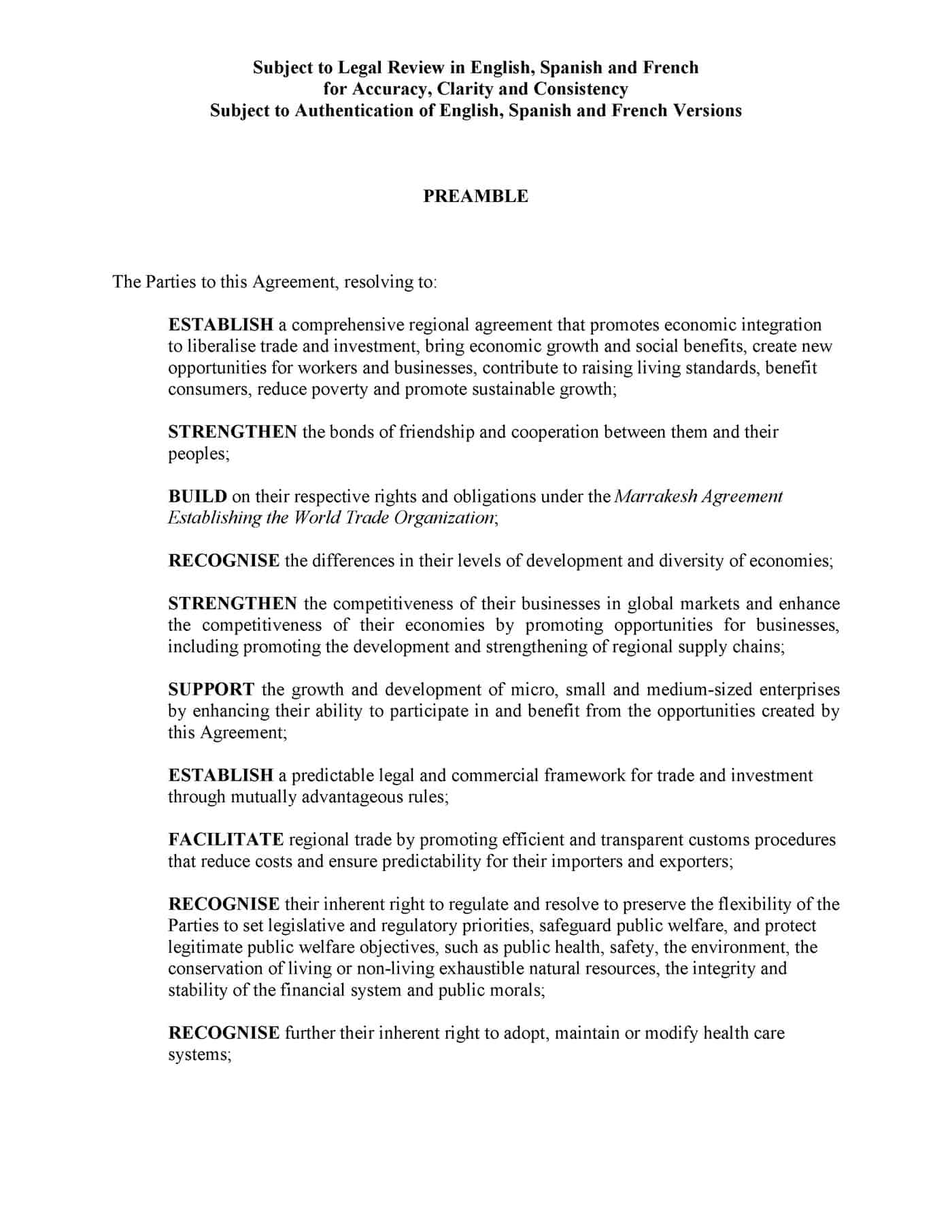Login or subscribe to SafetyAtWorkBlog to continue reading.
Category: risk
OHS benefits of motion sensors and contemporary anthropometry
Several years ago, at a workshop over the development of the next Australian National Strategy for occupational health and safety (OHS), participants were asked to forecast an issue that would appear or be useful in the next decade. I suggested sub-dermal implants that would record or transmit real-time health data. My suggestion was received with laughter and a little bit of horror.
The sub-dermal implants for OHS monitoring are yet to occur but the electronic collation of important health data has progressed to a high level of relevance. This not only involves measuring body stresses but the bodies themselves. Continue reading “OHS benefits of motion sensors and contemporary anthropometry”
EU provides clues for improving safety management
 The European Union conducts research into occupational health and safety that, although there may be cultural and legislative differences, deserves attention from outside that geographical region. Recently EuroFound released its annual review for 2014. There are a couple of research projects that deserve consideration, particularly return-on-investment in construction safety, violence at work, psychosocial issues and precarious work risks. Continue reading “EU provides clues for improving safety management”
The European Union conducts research into occupational health and safety that, although there may be cultural and legislative differences, deserves attention from outside that geographical region. Recently EuroFound released its annual review for 2014. There are a couple of research projects that deserve consideration, particularly return-on-investment in construction safety, violence at work, psychosocial issues and precarious work risks. Continue reading “EU provides clues for improving safety management”
OHS and the Trans-Pacific Partnership
 Several weeks ago I was asked by a trade unionist to make a submission to the Australian Government explaining how the impending Trans Pacific Partnership (TPP) would be bad for worker safety. I acknowledged concerns over labour relations but pointed out that no matter who is working in an Australian workplace, their safety must be managed. Whether they are a migrant worker or full-time employee was not relevant to the management of their occupational health and safety (OHS). The trade unionist was disappointed.
Several weeks ago I was asked by a trade unionist to make a submission to the Australian Government explaining how the impending Trans Pacific Partnership (TPP) would be bad for worker safety. I acknowledged concerns over labour relations but pointed out that no matter who is working in an Australian workplace, their safety must be managed. Whether they are a migrant worker or full-time employee was not relevant to the management of their occupational health and safety (OHS). The trade unionist was disappointed.
Now the
Golden Rule, ethics, leadership and workplace safety
 There is a legislative basis for occupational health and safety (OHS) but before the laws, there was morality and it is this morality to which most OHS professionals will refer when asked why they work in Safety. But I know no more about morality than anyone else. So what do I do in these situations? I get a book.
There is a legislative basis for occupational health and safety (OHS) but before the laws, there was morality and it is this morality to which most OHS professionals will refer when asked why they work in Safety. But I know no more about morality than anyone else. So what do I do in these situations? I get a book.
The book I chose was by
Union numbers continue to fall but OHS influence should not
Statistics released in Australia this week show a continuing decline in trade union membership. This has generated some reaction from the union movement but also some suggestions for the future. Trade unions are an integral element of occupational health and safety (OHS) policy setting.
Whether the union movement should continue to be part of the tripartite consultative structure on OHS is debatable given it can no longer claim to represent Australian workers based on the recent numbers. However it can continue to claim it represents the OHS interests of workers even though the majority of workers seem uninterested. Continue reading “Union numbers continue to fall but OHS influence should not”
OHS ROI pilot research in Queensland
Work Health and Safety Queensland (WHSQ) recently revealed some early research into the Return on Investment (ROI) of occupational health and safety (OHS) controls. (Thanks to a reader for pointing it out) According to its website:
“Recent pilot research in several Queensland organisations found clear evidence of the cost effectiveness of safety interventions, including:
- an automatic shrink wrapping machine at Rexel’s Tingalpa distribution centre that had an ROI of around $1.82 for every $1 of costs, and a payback of upfront costs of less than three years
- an ergonomics intervention at BP Wild Bean Cafés with an ROI of $2.74 for every $1 of costs and a payback within the first month
- a workplace health and wellbeing program at Port of Brisbane that had an ROI of $1.58 for every $1 of costs and a payback of 15 months.”
None of this “pilot research” is publicly available so it is not possible to verify the data. (WHSQ has been contacted for further information for a follow up blog article)
